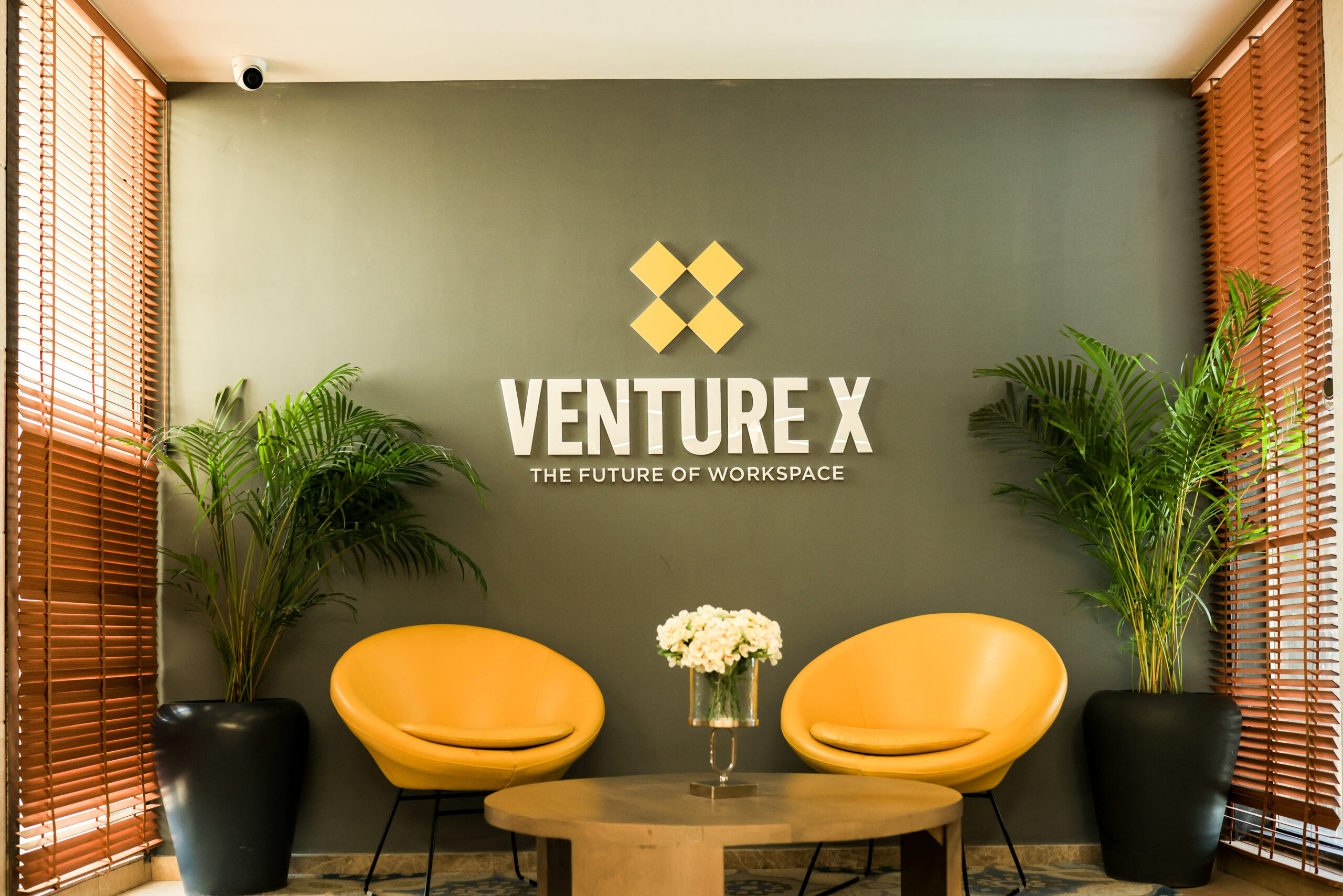As the way we work continues to evolve, so does the concept of traditional office spaces. Co-working spaces have become increasingly popular in recent years, offering professionals a flexible and collaborative environment to work in India, in particular, has seen immense growth in the co-working industry, with numerous spaces popping up in cities around the country. But what does the future hold for co-working spaces in India? This article takes a 2025 perspective, envisioning how co-working spaces may evolve and adapt to meet the needs of professionals in the years to come.
The rise of co-working spaces
One of the key trends in the evolution of co-working spaces is the significant rise in their popularity. As more professionals shift towards freelance work and remote jobs, the need for flexible and collaborative workspaces has been increased. In 2025, it is projected that the demand for co-working spaces in India will continue to skyrocket.
This rise in popularity can be attributed to several factors. Firstly, the concept of work-life balance has become more crucial than ever, and co-working spaces provide professionals with the ability to structure their work hours in a way that suits their individual needs. Additionally, the networking opportunities provided by co-working spaces can greatly benefit individuals looking to expand their professional connections.
In response to this increasing demand, we can expect to see a surge in the number of co-working spaces across the country, with new locations opening up in both urban and rural areas. With the rise of co-working giants, such as WeWork and Regus, entering the Indian market, the competition in the industry will also intensify, pushing existing spaces to innovate and offer even more enticing amenities and services.
Overall, the rise of co-working spaces in India offers a promising outlook for professionals seeking a productive and collaborative work environment.
Advantages and benefits of co-working spaces
As the demand for co-working spaces continues to surge in 2025, it’s important to understand the advantages and benefits that these spaces offer to professionals. Co-working spaces provide a myriad of advantages that are essential for individuals looking for a productive and collaborative work environment.
Firstly, co-working spaces offer flexibility in terms of work hours and location. Professionals have the freedom to choose their preferred workspace and can adjust their work schedule to meet their personal needs. This flexibility allows for a better work-life balance and eliminates the monotony of a traditional office setting.
Furthermore, co-working spaces provide excellent networking opportunities. Working alongside professionals from various industries allows for organic interactions and the chance to form valuable connections. These networking opportunities can pave the way for collaborations and potential partnerships that can boost individual careers or even foster new business ventures.
Another benefit of co-working spaces is the access to top-quality amenities and services. Many co-working spaces offer facilities such as high-speed internet, meeting rooms, printing services, and 24/7 access. These amenities create a conducive work environment and enhance productivity.
Additionally, co-working spaces foster a sense of community. The collaborative nature of these spaces encourages professionals to share knowledge, skills, and experiences, resulting in a vibrant ecosystem where individuals can learn and grow together.
Predictions for the future of co-working spaces
As we look ahead to the future of co-working spaces in 2025 and beyond, it becomes evident that technology will play a central role in shaping the way we work and interact in these spaces. With advancements in digital connectivity, automation, and virtual reality, co-working spaces are expected to undergo significant transformations.
One prediction for the future of co-working spaces is the seamless integration of technology into every aspect of the workspace. From smart desks that can be personalized to individual preferences to interactive whiteboards that facilitate brainstorming sessions, technology will enhance efficiency and productivity in these spaces.
Virtual reality is another area that is poised to revolutionize the co-working experience. Imagine being able to attend meetings and collaborate with colleagues from different parts of the world without leaving the co-working space. Virtual reality will eliminate geographical boundaries and open up a world of possibilities for remote work and global collaboration.
Automation is another trend that is likely to shape the future of co-working spaces. Robots and Artificial Intelligence (AI) will take over mundane tasks, allowing professionals to focus on tasks that require human creativity and problem-solving skills. This will result in increased productivity and efficiency within the workspace.
Moreover, co-working spaces will continue to evolve to meet the changing needs of professionals. As more and more individuals choose flexible work arrangements, co-working spaces will expand to accommodate a wider range of industries and specializations. From dedicated spaces for artists and creatives to specialized laboratories for scientists, the possibilities are endless.
Stay tuned to learn how the industry can embrace these changes and create an optimal work environment for professionals.
Integrating technology into co-working spaces in 2025
In the not-too-distant future of 2025, technology will transform the landscape of co-working spaces. The integration of cutting-edge technology will not only enhance productivity but also create a seamless and immersive experience for professionals.
One aspect that will see a significant transformation is the user interface. Co-working spaces will adopt intuitive interfaces that allow individuals to seamlessly interact with their work environment. From voice-activated commands that control lighting and temperature to touchless systems for accessing meeting rooms and making reservations, technology will streamline day-to-day operations in these spaces.
Collaboration will also be redefined by advancements in technology. Augmented reality (AR) and virtual reality (VR) will enable professionals to collaborate visually and spatially, regardless of their physical locations. With the help of holographic displays and shared virtual environments, brainstorming sessions and team meetings will become more immersive, regardless of distance.
Moreover, artificial intelligence (AI) will become an integral part of the co-working experience. AI-powered systems will be able to provide personalized recommendations and insights, helping individuals make data-driven decisions. These systems will also learn from user behavior and preferences, adapting to individual needs and optimizing the workspace to enhance productivity and well-being.
However, the implementation of technology in co-working spaces will also present challenges. Privacy and data security will become critical concerns, requiring robust measures to protect sensitive information. Additionally, the digital divide between those who have access to technology and those who do not will need to be addressed to ensure inclusivity and equal opportunities within co-working spaces.
Designing co-working spaces for productivity and collaboration
As the demand for co-working spaces continues to grow, designing these spaces with productivity and collaboration in mind will become crucial in 2025 and beyond. The physical layout and design of co-working spaces will play a vital role in creating an environment that fosters creativity, enhances focus, and encourages collaboration among professionals.
One aspect to consider in the design of co-working spaces is the creation of different work zones to cater to varied individual needs. These zones can include quiet areas for focused work, communal spaces for networking and idea sharing, and collaborative spaces for team projects. By providing a variety of work settings, co-working spaces can accommodate different work styles and preferences, ultimately boosting productivity.
Additionally, integrating natural elements into the design of these spaces will be essential. Biophilic design, which focuses on connecting people to nature in the built environment, can have a positive impact on overall well-being and productivity. Incorporating elements such as plants, natural light, and outdoor spaces can help reduce stress, improve mood, and increase creativity among co-workers.
Furthermore, incorporating technology seamlessly into the physical environment will be crucial for enhancing collaboration and productivity. For example, ergonomic furniture with built-in charging ports and wireless charging capabilities will ensure that professionals can stay connected and productive throughout the day. Additionally, interactive whiteboards, smart projectors, and flexible video conferencing systems will facilitate seamless collaboration and communication.
Lastly, creating spaces that encourage networking and community-building will be paramount. Co-working spaces should provide designated areas for socializing and networking, such as cafes and lounges, where professionals can connect, exchange ideas, and build meaningful relationships. By fostering a sense of community, co-working spaces can create a supportive and collaborative environment that inspires individuals to thrive.
Challenges and considerations for the future of co-working spaces
While the future of co-working spaces looks promising, there are certain challenges and considerations that need to be addressed in order to ensure their success in 2025 and beyond.
First and foremost, the issue of privacy in co-working spaces must be addressed. As these spaces become more popular and crowded, professionals may find it difficult to find a quiet and private area to concentrate or hold confidential meetings. It will be important for co-working space providers to implement innovative solutions such as soundproof booths or designated private rooms to cater to the diverse needs of professionals.
Security is another important consideration. With the increasing number of people using co-working spaces, there is a need to ensure the safety and protection of personal belongings and sensitive information. Implementing robust security measures, such as secure storage lockers and advanced access control systems, will be vital to instill confidence in professionals using these spaces.
Additionally, the sustainability of co-working spaces should be a priority. As more professionals opt for co-working spaces, the environmental impact of these spaces must be minimized. Incorporating sustainable practices such as energy-efficient lighting, recycling programs, and the use of eco-friendly materials in the design and operation of co-working spaces will contribute to a greener and more sustainable future.
Finally, as the concept of remote work gains popularity, there will be an increasing demand for technology infrastructure in co-working spaces. High-speed internet connectivity, reliable Wi-Fi, and advanced audiovisual equipment will be essential to meet the needs of professionals who rely on technology to carry out their work effectively.
By addressing these challenges and considerations, the future of co-working spaces can be shaped to meet the evolving needs and expectations of professionals in 2025 and beyond.
Conclusion
In the fast-paced world of work, co-working spaces have emerged as a viable solution for professionals seeking flexibility, community, and cost-effectiveness. As we look towards 2025 and beyond, it is important to address the challenges and considerations that co-working spaces may face in order to ensure their success and relevance in the future.
Privacy, security, sustainability, and technology infrastructure are key areas that need to be prioritized. By finding innovative solutions such as soundproof booths and designated private rooms, implementing robust security measures, incorporating sustainable practices, and providing top-notch technology infrastructure, co-working spaces can continue to be attractive to professionals.




